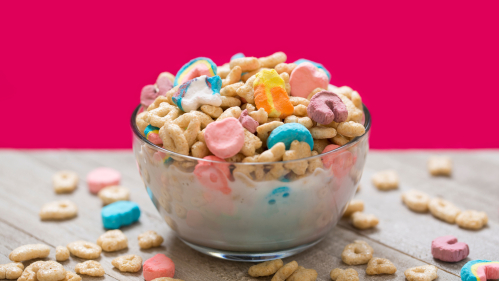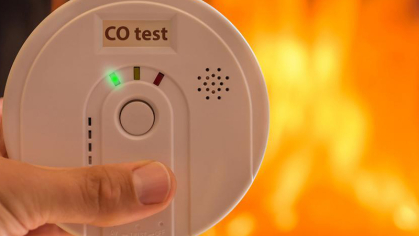Will Banning Food Dyes Improve Our Health?

The federal government recently announced plans to phase out eight artificial food dyes and colorings from the food supply by the end of 2026, citing concerns they cause a range of health conditions including obesity, diabetes, attention deficit hyperactivity disorder and cancer. The ban has been a priority for health secretary Robert F. Kennedy Jr.
We asked Emily Barrett, a professor in the School of Public Health, to explain what the research says about food dyes and how they became a cause for concern.
What dyes would be affected by the government’s action? Why is the administration moving to ban these specific dyes?
The current initiatives would revoke authorization for two synthetic dyes (citrus red no. 2 and orange b) and phase out six more (FD&C Green No. 3, FD&C Red No. 40, FD&C Yellow No. 5, FD&C Yellow No. 6, FD&C Blue No. 1, FD&C Blue No. 2). These are petroleum-based food dyes made in factories that have been implicated as potentially harmful to health in either human studies or, more often, animal models.
What are the health risks of food dyes and how/when did researchers become aware of them?
Some evidence has linked food dyes to a variety of outcomes, including most notably cancer risks and behavioral problems in children. Suspicions about the health impacts of food dyes have been around for many decades and, in fact, received much more attention from the research community in the 1970s, 80s, and 90s than in recent years. The current administration has propelled them back into the public eye.
Much of the research has focused on high dose exposure to food dyes in animal models, showing, in some cases, signs of carcinogenesis. In humans, there have been several dozen studies on whether food dyes may contribute to problem behaviors in children and there is some evidence that is the case. But there is also a lot of room for improvement using state-of-the-art research methods and looking at exposures that better reflect the way Americans eat today. Taking petroleum-based food dyes out of our food supply certainly can’t hurt and may have some health benefits, but it is unlikely to appreciably reduce the burden of chronic disease in the United States. Ironically, even as food dye phase-outs are enacted, we are simultaneously deregulating many other environmental contaminants that are most strongly linked to chronic disease such as “forever chemicals” (per- and polyfluoroalkyl substances) and air pollutants.
Why did industry start using these dyes in the first place?
These synthetic food dyes make foods brighter and more appealing to consumers – they are cosmetics for your food. They don’t add any nutritional value and are mainly used to sell products, usually highly processed foods. It’s no surprise that many products containing food dyes are marketed to kids – snack foods, cereals, sweets, sports drinks.
Are they used in other countries, and if not, why?
Synthetic food dyes are used in other countries, though there are differences in terms of restrictions and regulations. For example, the EU requires that foods containing certain synthetic dyes have warning labels about the potential to cause hyperactivity in children.
How would a ban affect our food supply? What can be used in place of these dyes, and would consumers notice any difference?
Removing these synthetic food dyes would cause no change in nutritional content and minimal (if any) changes to the taste of affected foods, but their appearance might change. The administration is proposing to fast-track natural replacement dyes. While some potential replacements are pretty well vetted and likely to be safe (such as beetroot), others have not been extensively studied yet. Natural does not always equal safer, so we need to be very cautious about introducing replacement dyes that could end up being harmful to our health.
What types of junk food favorites might be impacted?
You would be surprised at how many foods contain petroleum-based dyes – it’s not just brightly colored candies, chips, cereals, sports drinks, and fruit snacks and drinks. Many other types of processed foods also have food dyes, including prepared meals (think mac and cheese), salad dressings, sauces and marinades, yogurts, and more. Sometimes it is not obvious from a product’s appearance that it contains food dyes – white cake frosting and brown cereals (like Life, which contains yellow 5 and yellow 6) are good examples of that.


